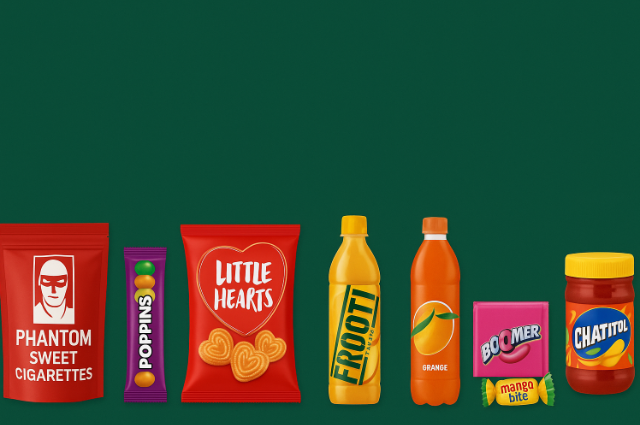
"Advertising is the art of convincing people to spend money they don’t have for something they don’t need."- Will Rogers. He was speaking of his own time, but if you read it today in India, it cuts sharper. What the Indian market is currently selling us is not only soap, phones, or biscuits. It is memory. It is childhood afternoons, the smell of paper in old schoolbooks, the sound of jingles from televisions that no longer exist. And it is sold back to us as if we never owned it to begin with.
At first, it looks harmless. A chocolate wrapper from the 90s makes a return, an airline runs an ad with a familiar melody, or an app flashes images of cricket stars we grew up worshipping. You smile. You even feel good. But then a strange thought creeps in. These are my own feelings being played back to me. This is not a culture being celebrated. This is marketing wearing the face of memory.
The Business of Nostalgia
The Indian advertising and PR world has found its goldmine. Nostalgia is no longer an emotion. It is an economy with its own price tags. The reason it works so easily is that memory cuts across class, caste, and language. A song from Doordarshan, a Bajaj scooter ad, or the smell of Parle G dunked in hot chai is an emotion of almost every Indian.
Campaigns know this. A brand no longer sells crunchiness in a biscuit. It sells you the rainy afternoons of your childhood. A gadget is no longer about speed. It is the “retro edition” that tells you maybe you can buy back a piece of your innocence. The manipulation is precise. In advertising classrooms, this is called “emotional recall.” But nobody will say what it is. It is the most delicate part of your mind, polished longing, converted into commercial capital.
Memory itself becomes public property. What once lived in your grandmother’s kitchen or your father’s transistor radio is now packaged. A heritage recipe is reborn as a ready-made mix in a supermarket. A brand-new soda bottle is dressed up to look like the one that fizzed in your childhood. And when you buy it, you are not buying taste; you are buying the illusion that time can be undone.
When Memory Becomes Merchandise
The betrayal is quiet but deep. The Nirma jingle is not back because someone loved the tune; It is back because memory bypasses doubt. You do not argue with nostalgia, the old sound plays, the walls in your head crumble, and you say yes. Streaming platforms, film studios, and even political campaigns run on the same principle. They dig into the chest of old references, not because stories need them, but because the audience is too hungry to resist. A 90s fashion trend suddenly reappears, and an old cricket ad resurfaces. Every festival is wrapped up with a “throwback” campaign.
And it feels strange, almost cruel, when you pause to think about it. These were not supposed to be for sale. The comics you read in the corner of a classroom, the chewing gum you split with a friend, the rickety television set that carried a whole neighborhood into one room. These were yours. Now they are taken apart and served back to you like canned emotion. It is not memory anymore, it is part of selling, a recipe to earn more.
There is something ugly in how easily we agree to it. You want to hold onto the feeling, but what you receive instead is a polished imitation. And when you leave the shop, you realise the original moment has slipped even further away.
The Future of Selling Yesterday
The real trick of the nostalgia industry is not that it is manipulative. It is that it works so perfectly that we stop caring. Every generation thinks the past was simpler. Every tired professional, every overstretched student wants to believe that yesterday was kinder. The industry knows this weakness better than we do, and so we are given illusions. A retro phone that promises to take you back to college, a limited-edition chocolate that tastes like summer vacations. A remixed song that claims to bring back first love, but you know it already; the feeling never comes back. Not fully. What comes is a reminder of what is lost, and then the next product steps in.
I see it in my own life; The toffees my father bought for me in the local store are now high-end chocolates wrapped in gold foil. The Sunday television shows that brought neighbours together are sold back as paid nostalgia packs on streaming apps. Even the radio songs I heard while studying late nights are cut, remixed, and inserted into campaigns for things I never wanted. There is a low anger in this realisation. Not the loud kind, but the steady kind that makes you clench your jaw. Because what has been stolen is not just money, it is the intimacy of our childhood favourites. These brands do not just market to me, they reach into my private chest of memories, polish them, and send them back with a price.
